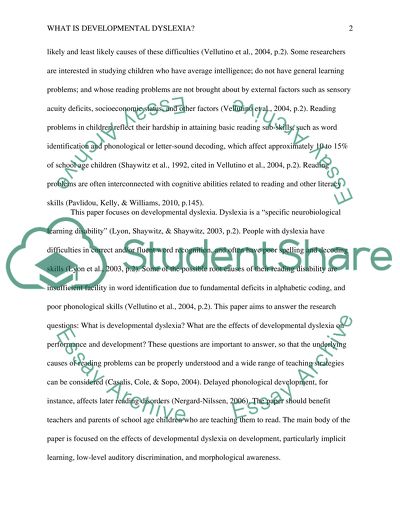Cite this document
(“What is Developmental Dyslexia Effects of Developmental Dyslexia on Research Paper”, n.d.)
What is Developmental Dyslexia Effects of Developmental Dyslexia on Research Paper. Retrieved from https://studentshare.org/psychology/1442694-what-is-developmental-dyslexia
What is Developmental Dyslexia Effects of Developmental Dyslexia on Research Paper. Retrieved from https://studentshare.org/psychology/1442694-what-is-developmental-dyslexia
(What Is Developmental Dyslexia Effects of Developmental Dyslexia on Research Paper)
What Is Developmental Dyslexia Effects of Developmental Dyslexia on Research Paper. https://studentshare.org/psychology/1442694-what-is-developmental-dyslexia.
What Is Developmental Dyslexia Effects of Developmental Dyslexia on Research Paper. https://studentshare.org/psychology/1442694-what-is-developmental-dyslexia.
“What Is Developmental Dyslexia Effects of Developmental Dyslexia on Research Paper”, n.d. https://studentshare.org/psychology/1442694-what-is-developmental-dyslexia.


